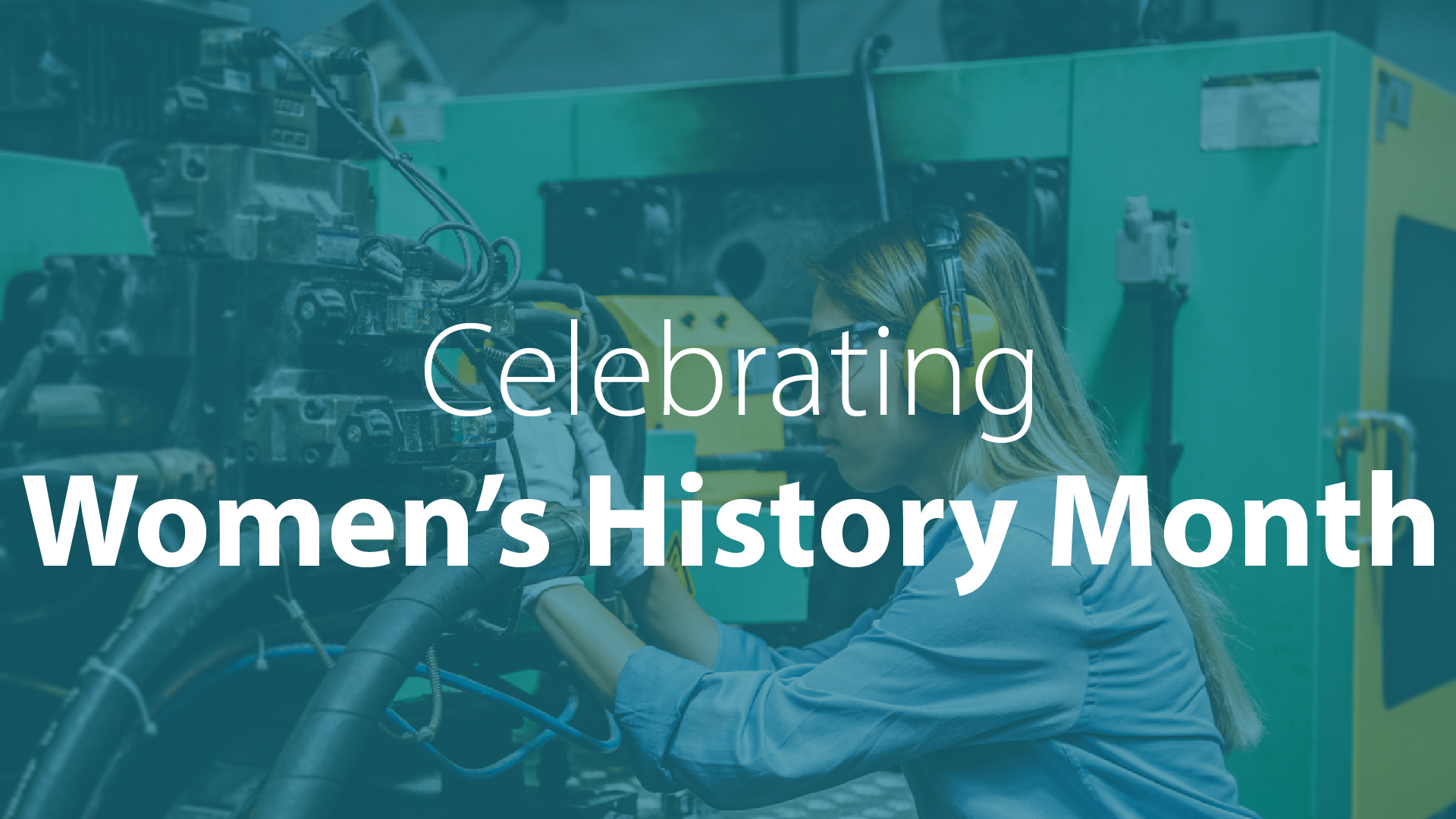This website uses cookies so that we can provide you with the best user experience possible. Cookie information is stored in your browser and performs functions such as recognising you when you return to our website and helping our team to understand which sections of the website you find most interesting and useful.
News
Celebrating Women’s History Month: Women in Manufacturing
March is Women’s History Month, an observance to honor the vital role women play in American history. While there isn’t a specific “women in manufacturing” observance, it’s still interesting to reflect on how the manufacturing industry has shifted throughout the years when it comes to women’s labor. We talked with several women from our primary member companies to discuss their experiences:
- Claudia O’Rourke, OxyVinyls Plant Manager
- Beatrice Curry, Shintech Louisiana Document Control Coordinator
- Stephanie Schmidt Mayfield, Formosa Plastics Environmental Senior Manager
The stereotypes are beginning to break down.
Although the manufacturing world has evolved tremendously in just the last 20 to 30 years, there are still misperceptions out there. It’s one reason Manufacturing Day exists: to showcase the exemplars of modern manufacturing.
Manufacturing is a male-dominated industry, that’s a fact. But those women we spoke to mentioned that at times, there were still stereotypical gender roles being played out.
Claudia noticed that when she first started her career at another company, many men would offer to help her with physical labor, such as carrying things. “I just needed to do it myself,” she said. “And I told people that. For my own self-worth I needed to do this.” And Beatrice found that in one of the training classes she took, oftentimes when the instructor needed a volunteer, they would just call upon the largest man, so she took it upon herself to step forward.
Stephanie believes that the increase in women in manufacturing has also led to reduced misperceptions of the industry. “The representation side-by-side with men has helped eliminate some of the stereotypes that existed in the past that painted manufacturing as a male-dominated world.”
Stephanie also found that she was often combatting negative stereotypes among the female staff, just because they didn’t know what to expect and it was their first time in manufacturing. “The most successful way that I have found to overcome these stereotypes is to expose new employees to all aspects of manufacturing early in the career,” she explained. “I think the frequent interface between women and men in a variety of settings has shifted the stereotypes and perceptions for both as they begin to see each other as teammates working toward a common goal.”
The workforce has grown but remained constant.
In fact, the manufacturing workforce has shifted quite significantly over the last 80 years. With the United States’ entrance into World War II, the female workforce grew by 10 percent, and it opened the door for women to work in more types of jobs than ever before, including manufacturing. But once the war ended, the women’s labor force shrank as the men returned home and needed work. But soon it expanded again—in 50 years, women in the workforce grew by nearly 17 percent.
Although the general labor force has trended upwards, as has the number of women employed, over the last 20 years the number of women that make up the manufacturing workforce has remained relatively constant, and currently sits at just 29 percent.
The manufacturing skills gap is only growing. And while we need to find ways to reduce the labor shortage, it’s just as important that our industry find ways to recruit and retain women specifically. “Research shows that gender diversity benefits a manufacturing organization through improved ability to innovate, higher return on equity, and increased profitability,” according to a 2018 Deloitte study.
A career in manufacturing can start with nearly any background.
Whether you always knew what you wanted to be when you grew up, like Stephanie and Claudia, or you were simply intrigued and looking for different work, like Beatrice, there are so many roles available at manufacturing plants that almost any background can provide necessary experience.
Stephanie grew up in the area right alongside the Formosa plant, and her father worked there for a time when she was in elementary school. She saw the plant grow all throughout her primary education and how it changed and continued to improve. When she went off to earn a college degree, her plan was always to return to Point Comfort, Texas, and make a career at Formosa, and she’s been there ever since.
On the other hand, though, Beatrice started out in quite a different role—she joined the Navy. After she left, she and her family settled in her husband’s hometown of Addis, Louisiana. “I’m from North Carolina where the big industry is tobacco,” she explained. “So to move to Louisiana and see how present the manufacturing chemical industry is, I had never seen anything like it before and was intrigued by it.”
What advice do they have for women entering the manufacturing industry?
“Never say no to a project or a job or a transfer. If people are asking, then it’s probably because they see qualities within you that are going to be a gain for that company.” – Claudia
“Know your worth and know your craft because one thing people can’t take away from you is the knowledge that you have.” – Beatrice
“Work hard for what you want. Take the time to educate yourself about manufacturing and what aspects inspire you. There are so many directions a career in manufacturing can go. Also, don’t be discouraged by a primarily male industry. Confidence in yourself and a willingness to learn will help you be successful in any career, male-dominated or not.” – Stephanie


